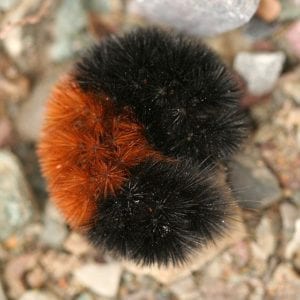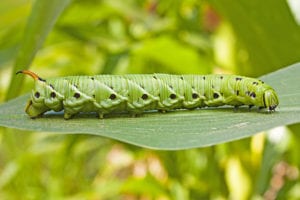By Ellen Barcel
After a remarkable career spanning over 60 years, artist Ken Davies has earned the title of one of the top masters of realistic still life. Now Davies is the star of a special group show at the Reboli Center for Art and History in Stony Brook, appropriately titled Ken Davies: Realism in the 20th Century.
The 50-piece exhibit, which is the second show at the newly opened gallery and runs through April 30, focuses on Davies and his students, including Joseph Reboli, Richard Newman, Dennis Coburn and George (Gig) Thompson, all college classmates and lifelong friends of Reboli. In addition, work by Jo-Anne Scavetta and Daniel Patrick Buckley, collaborators of Davies, will be on display.
Davies was Reboli’s teacher, mentor and friend. “When Joe chose a college to go to, he selected Paier [School of Art in Hamden, Connecticut] because of its classical tradition. Ken Davies was the person who wrote the curriculum for Paier,” noted Colleen Hanson, trustee of the Reboli Center.
With many works in private collections as well as museums, Davies, 92, is known for his almost photographic-like quality of painting, taking the ordinary and transforming it to a work of fine art. Close to two dozen of the award-winning artist and former dean of Paier paintings will be on display. “We have paintings of Joe’s alongside of Ken’s to show his influence on Joe’s paintings,” said Hanson.

Said Lois Reboli, Joseph Reboli’s widow and president of the Reboli Center, “I know my husband thought so highly of Ken Davies. He had such an influence on [Joe’s] paintings. ” She added that it was Davies who recommended Joe Reboli represent New York in the White House commemorative calendar published in 2000.
Reboli’s paintings on display at the current exhibit include three of the Pemaquid Lighthouse, circa 1994 (“Stairlight 1987,” on loan; “Fennel,” on loan; and “Beets,” part of the Reboli Center’s collection). Also on display will be “Shell,” a painting Reboli did as a student at the Paier School. A fifth, “Bellport Gate,” is on loan from Gallery North.
In addition, four of Reboli’s works from private collectors — “Hoses,” “Green Barn,” “West Meadow Beach” and “Screened Window” will be on display and for sale. The commissions from those sales will benefit the center and help finance the purchase of additional paintings for the center’s collection.
Said Hanson, “The reason we chose this to be the second exhibit is to expand people’s understanding and knowledge of Joe as a painter. In our first exhibit, A Sense of Place, we wanted to show both how important the community setting had been in the subject matter of Joe’s paintings and also how relevant the site of the Reboli Center was to Joe’s background, how close it was to his childhood home …”
Hanson went on to explain that Reboli’s aunt was an important part of the bank, the Stony Brook building that now houses the Reboli Center, and that “his grandfathers’ careers (were) involved in the setting — the grist mill, tavern, green grocer, etc.” in Stony Brook Village.
On March 17 from 5 to 7 p.m., as part of the center’s Third Friday series of programs, Long Island artist Dan Pollera will be speaking about his paintings of Long Island, his career, his connection with Reboli and his inspiration as a working artist. A question and answer period will follow.
April’s Third Friday program will feature poet and novelist Claire White. Christina Strassfield of Guild Hall is scheduled to speak in May and in June Deborah Johnson, author of “Joseph Reboli,” a volume published in connection with The Long Island Museum’s exhibit in 1998 will speak. The programs are free and open to the public; no reservations are required.
Johnson’s volume is for sale at the center. Lois Reboli noted that when the center ran out of the books, The Long Island Museum generously donated a number of copies. “We were thrilled with that. They were very kind to us. We’re so grateful to the community for all the support they’ve shown us. We hope to borrow more paintings from community members in the future.” She especially thanked Howard Eskin who recently passed away. “He was wonderful in letting us borrow paintings.”
Future plans include a garden show beginning in May. “We hope to never have the same show twice,” Lois Reboli said, adding that a garden party fundraiser is planned for June. She also noted that Fort Salonga sculptor David Haussler, who recently passed away, just had some sculptures delivered to the center for display. “We’re grateful to have his sculptures on the property… He’s remarkable.”
The Reboli Center for Art and History, 64 Main Street, Stony Brook is open Tuesday through Saturday from 11 a.m. to 5 p.m. and Sunday from 1 to 5 p.m. Call 631-751-7707 or visit www.rebolicenter.org for further details.

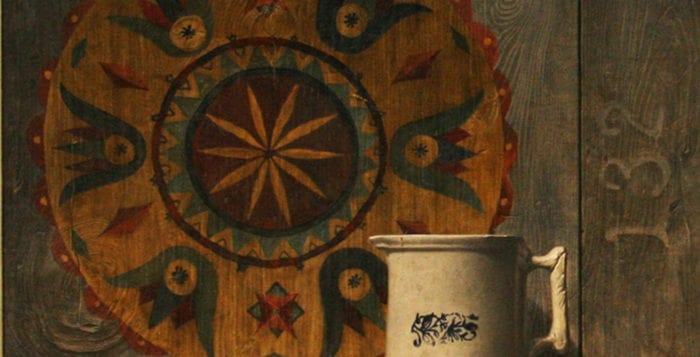
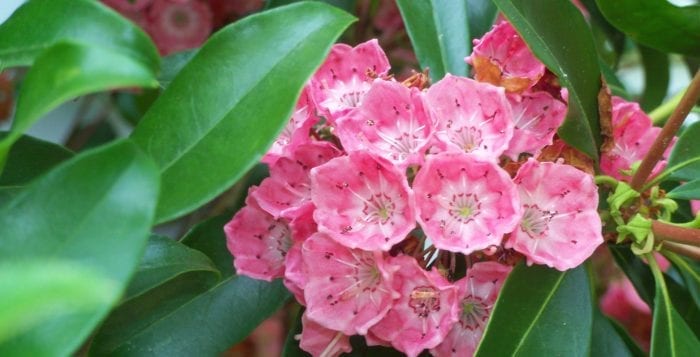
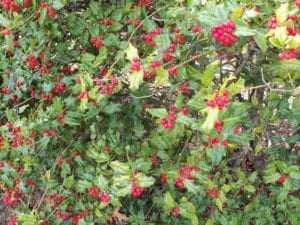
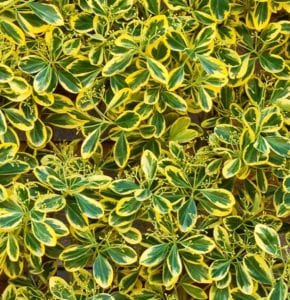
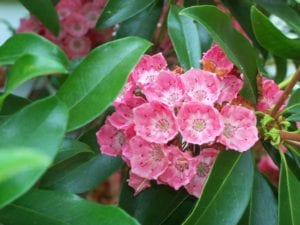
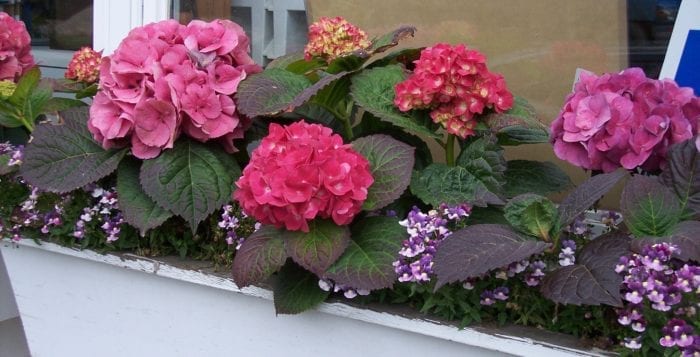
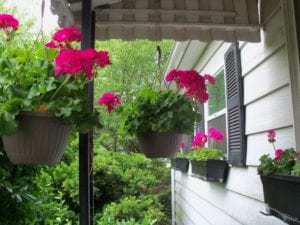
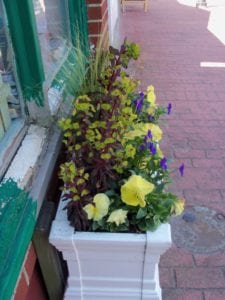
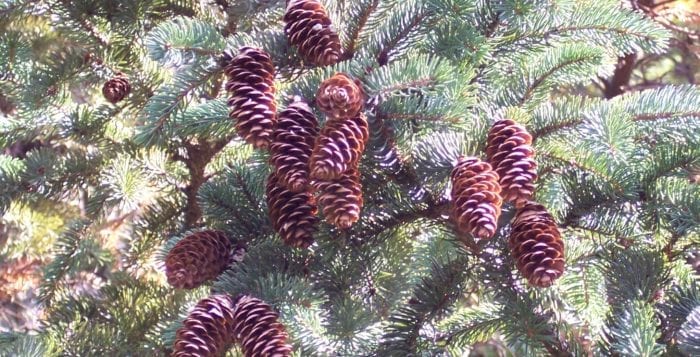
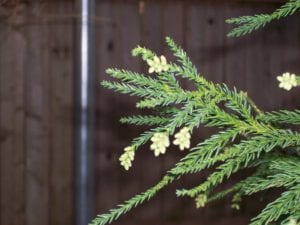
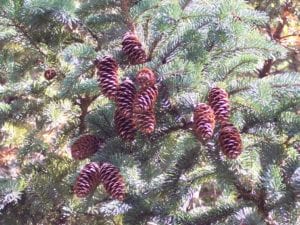
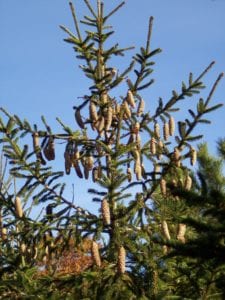
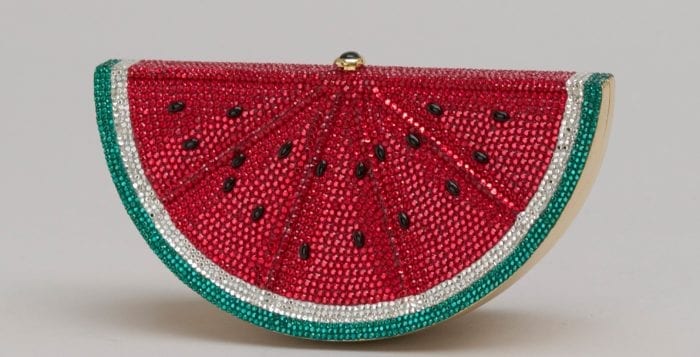
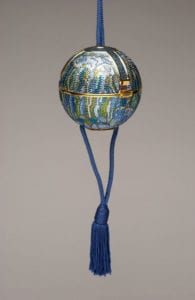

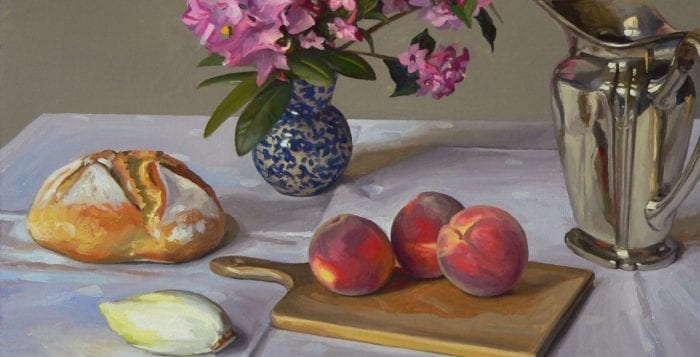
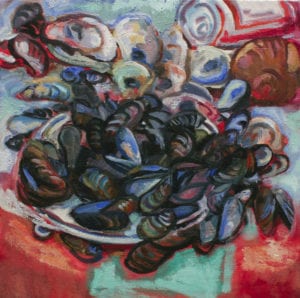
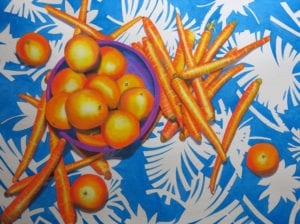
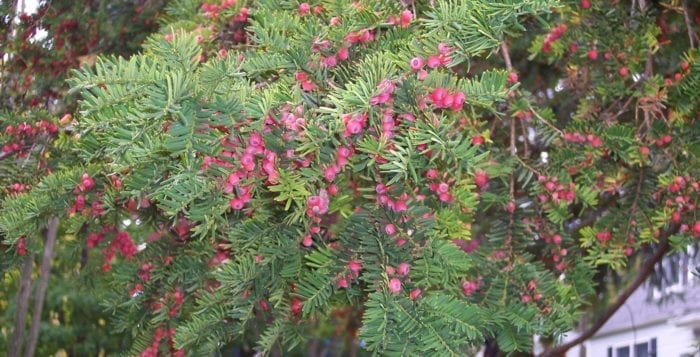
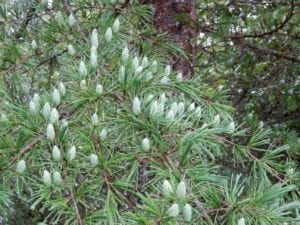
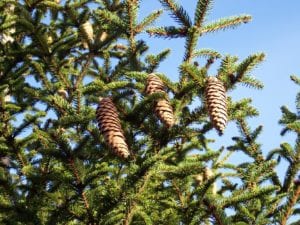
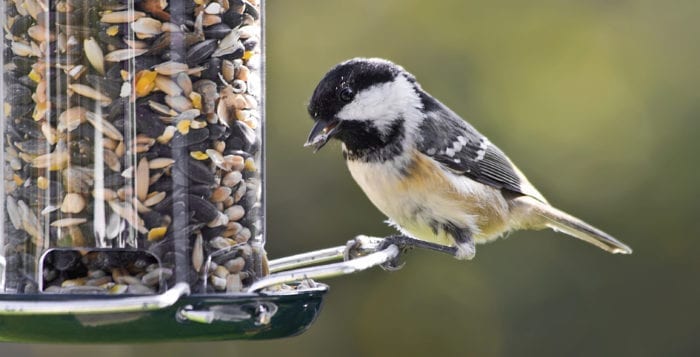
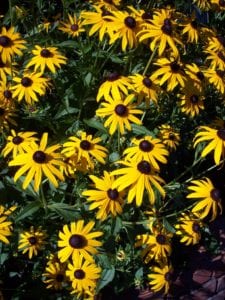
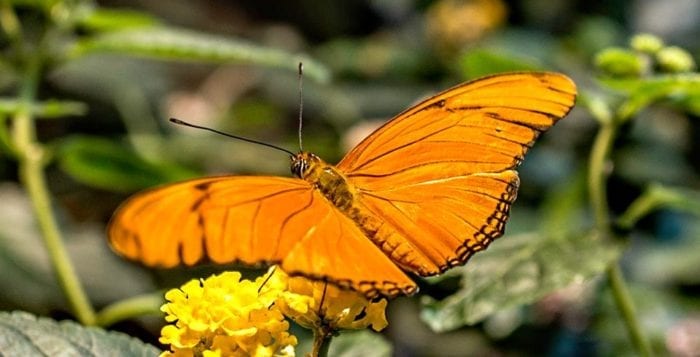
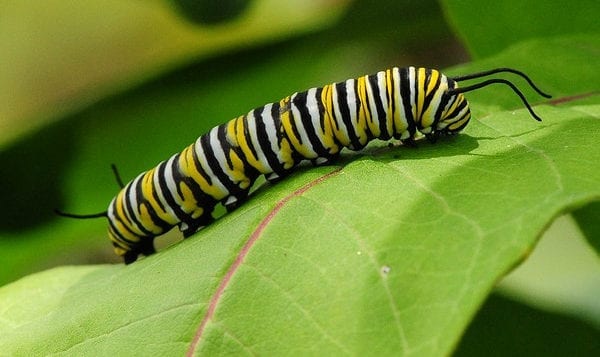
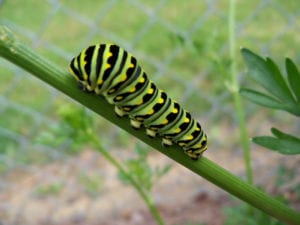 The two caterpillars that look the closest to me are the monarch butterfly caterpillar and the parsley caterpillar. Both feed on local plants and both turn into beautiful butterflies, a definite plus in my garden. The monarch obviously becomes the beautiful black and orange butterfly. Plant lots of butterfly weed (Asclepias tuberosa) for its food, a native plant with beautiful orange flowers. Cultivars include white, purple and bicolor flowers in addition to the native orange.
The two caterpillars that look the closest to me are the monarch butterfly caterpillar and the parsley caterpillar. Both feed on local plants and both turn into beautiful butterflies, a definite plus in my garden. The monarch obviously becomes the beautiful black and orange butterfly. Plant lots of butterfly weed (Asclepias tuberosa) for its food, a native plant with beautiful orange flowers. Cultivars include white, purple and bicolor flowers in addition to the native orange.